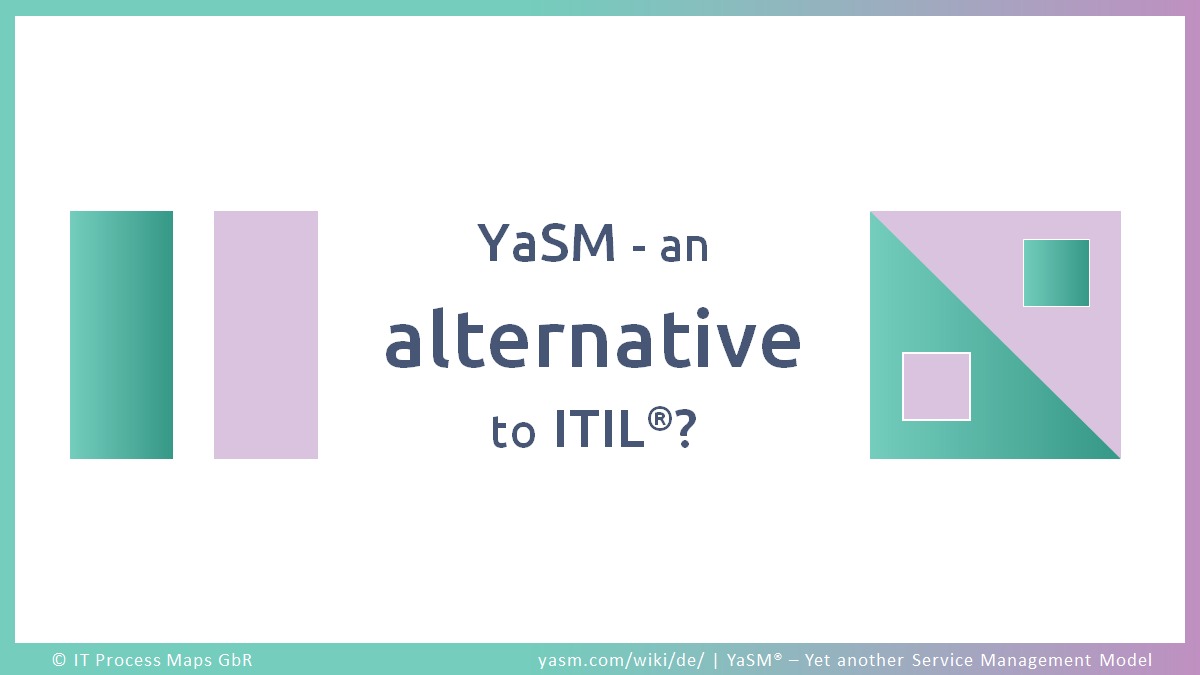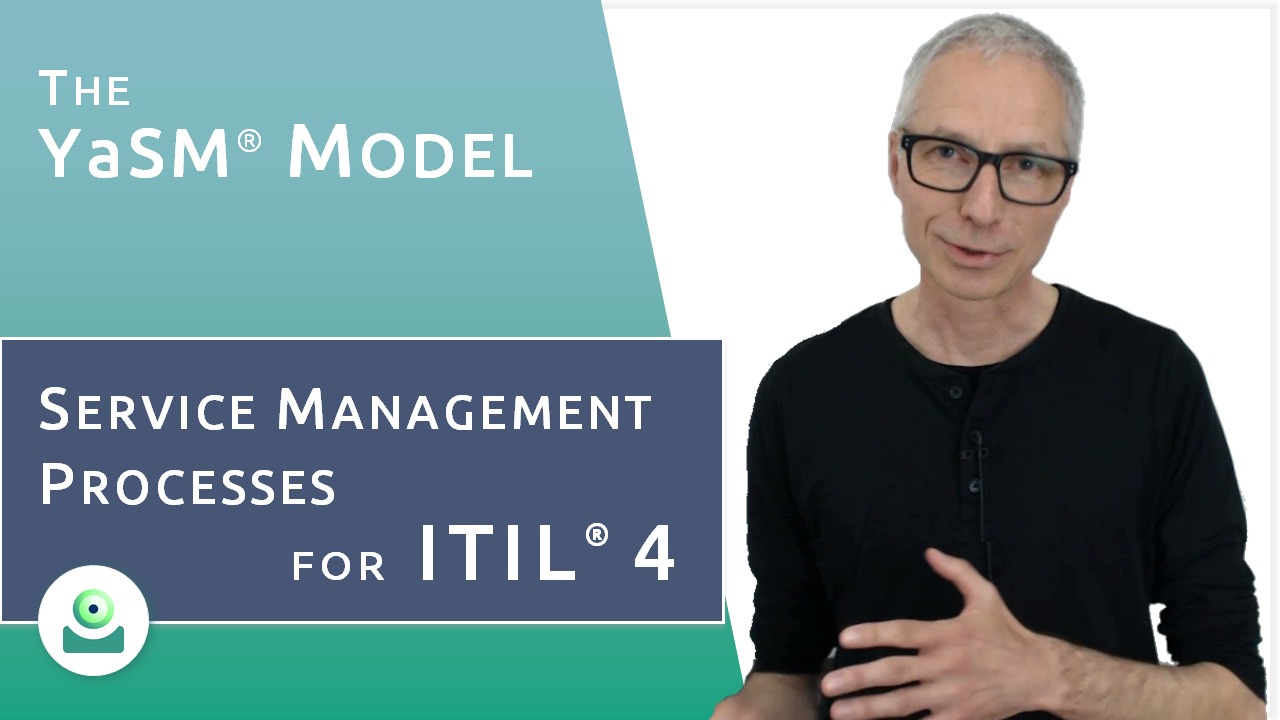Alternatives to ITIL
ITIL® is the most widely used ITSM framework, but it is not mandatory. There are quite a few potential alternatives to ITIL, but most of them should not be seen as complete replacements. Rather, each framework or standard was created with a particular use in mind. When choosing their ITSM frameworks organizations should be guided by their objectives.
It should also be noted that the best approach to finding good advice is to explore various sources. All ITSM frameworks provide guidelines, not rigid prescriptions that must be followed to the letter. So it is quite feasible to pick and choose what is best for your organization from several frameworks.
A lighter kind of ITIL?
Quite a few organizations, and especially small-to-midsized businesses, are looking for alternatives to ITIL because they find the full set of ITIL guidelines too large and too complex. What they look for is "ITIL Lite" - a way of adopting the ITIL concepts without over-burdening their staff.
ITIL Lite is not an official edition of ITIL, and organizations looking at light versions of ITIL need to consider the pros and cons.
Other alternative ITSM frameworks
Other ITSM frameworks and standards that could be considered "ITIL alternatives" include
- ISO 20000, the international ISO standard for service management
- COBIT®, a framework for IT governance
- CMMI-SVC®, an integrated set of best practices
- FitSM (Federated IT Service Management)
- SIAM™, a methodology for environments where services are sourced from several suppliers
- USMBOK™ (Universal Service Management Body of Knowledge)
- VeriSM™, a service management approach from the organizational level.
Is YaSM an alternative to ITIL?
The YaSM service management model is less complex and easier to understand than ITIL, especially for someone who is new to the service management frameworks. But YaSM was not developed as an "alternative" to ITIL. Rather, it helps organizations to get started with ITIL.
ITIL 4 describes a service value system, including elements such as guiding principles, governance, service value chain, continual improvement and practices. It provides a huge amount of guidance that is not easy to navigate.
This is where YaSM comes into play: With its streamlined and clear-cut set of processes, it is very good at helping practitioners understand how service management works - which enables them to find their way around and apply the huge amount of guidance offered in ITIL.
What is more, bringing ITIL to life ultimately means translating the ITIL guidance into processes that work for the organization. This is a huge task and it is often not easy to see where to begin, but with the YaSM model organizations do not have to start from nothing:
When defining their service management processes, they can simply change and adapt existing content.
- "Service management processes for ITIL 4" (9:04 min.)
Resources and further reading
- YaSM and ITIL 4: How the YaSM model relates to the latest edition of ITIL 4
- YaSM and ITIL V3 - Comparison: YaSM service management vs. ITIL V3
- Is YaSM 'ITIL lite' or 'lean ITIL'?
- Comparison: YaSM and the popular service management frameworks and standards.
By: Stefan Kempter ![]() , IT Process Maps.
, IT Process Maps.
A lighter kind of ITIL? › Other alternative ITSM frameworks › Is YaSM an alternative to ITIL?






